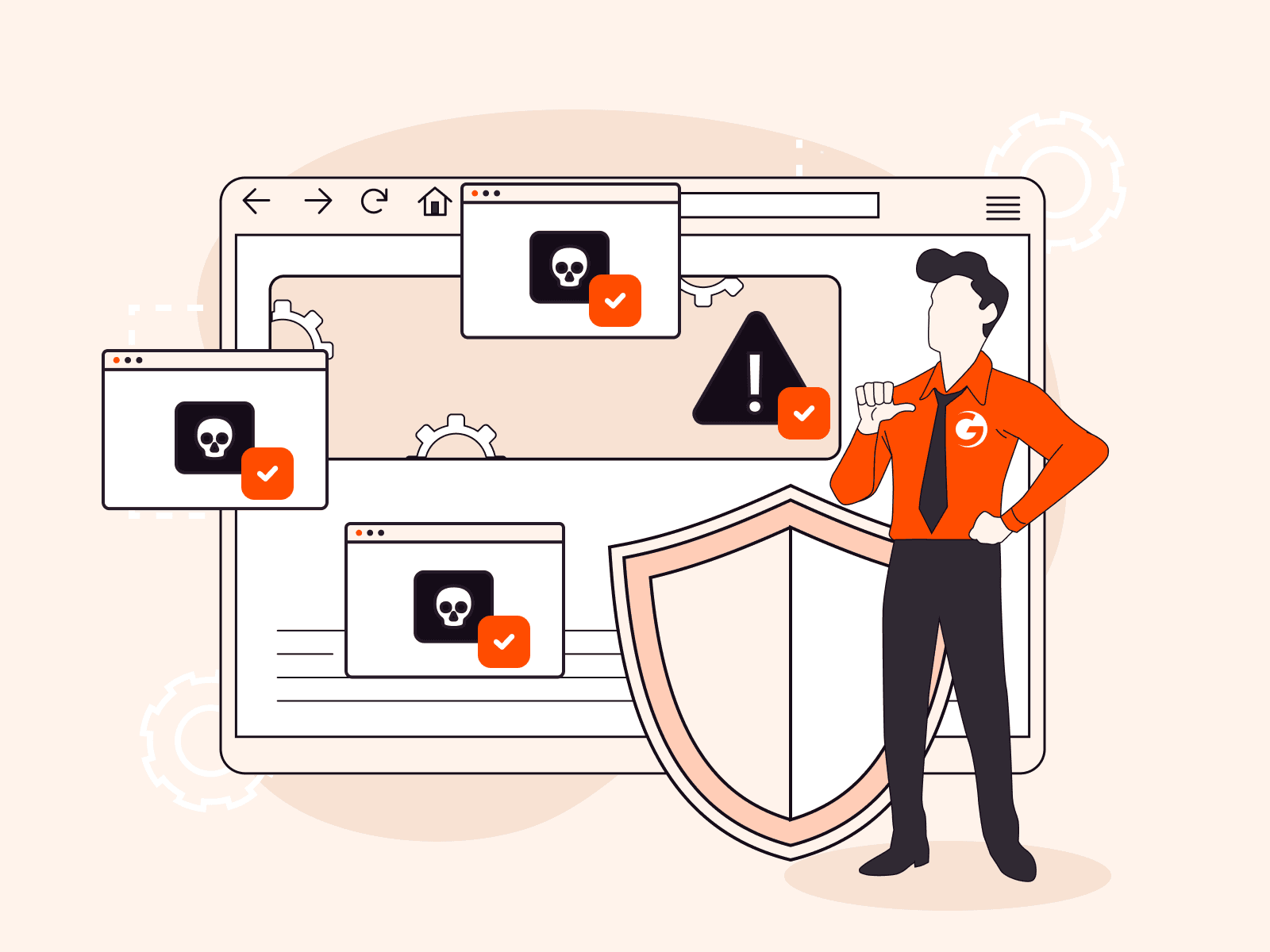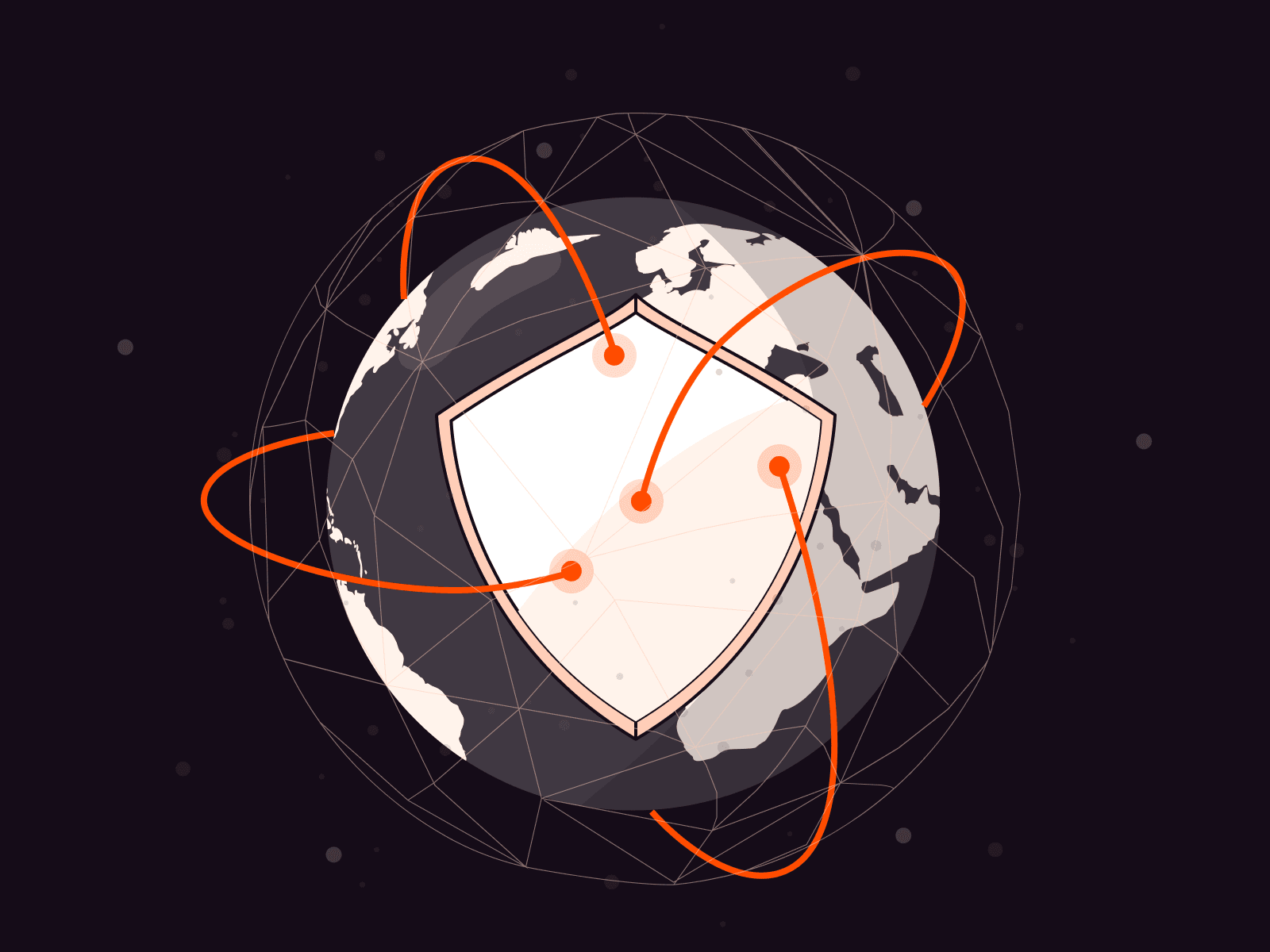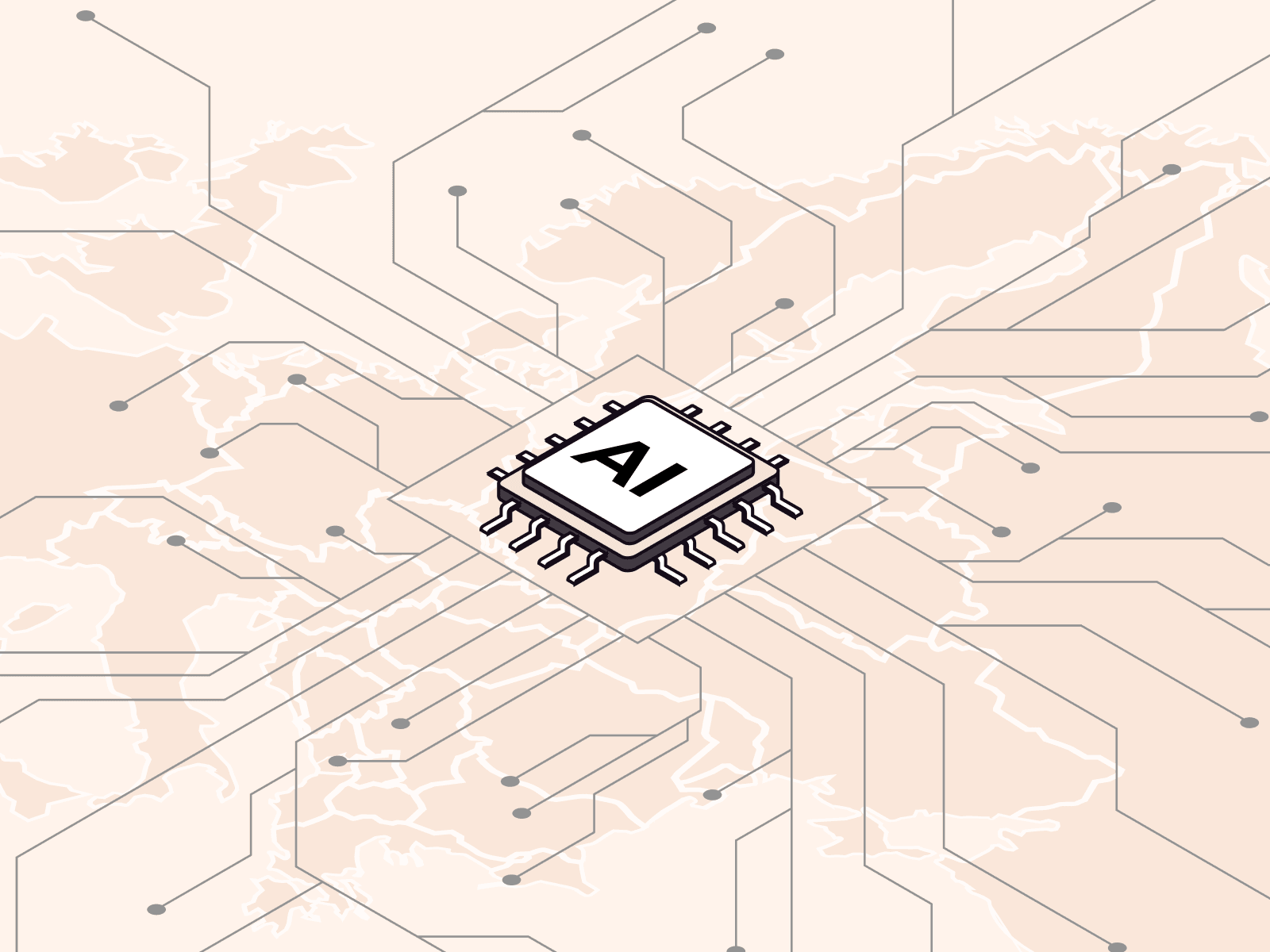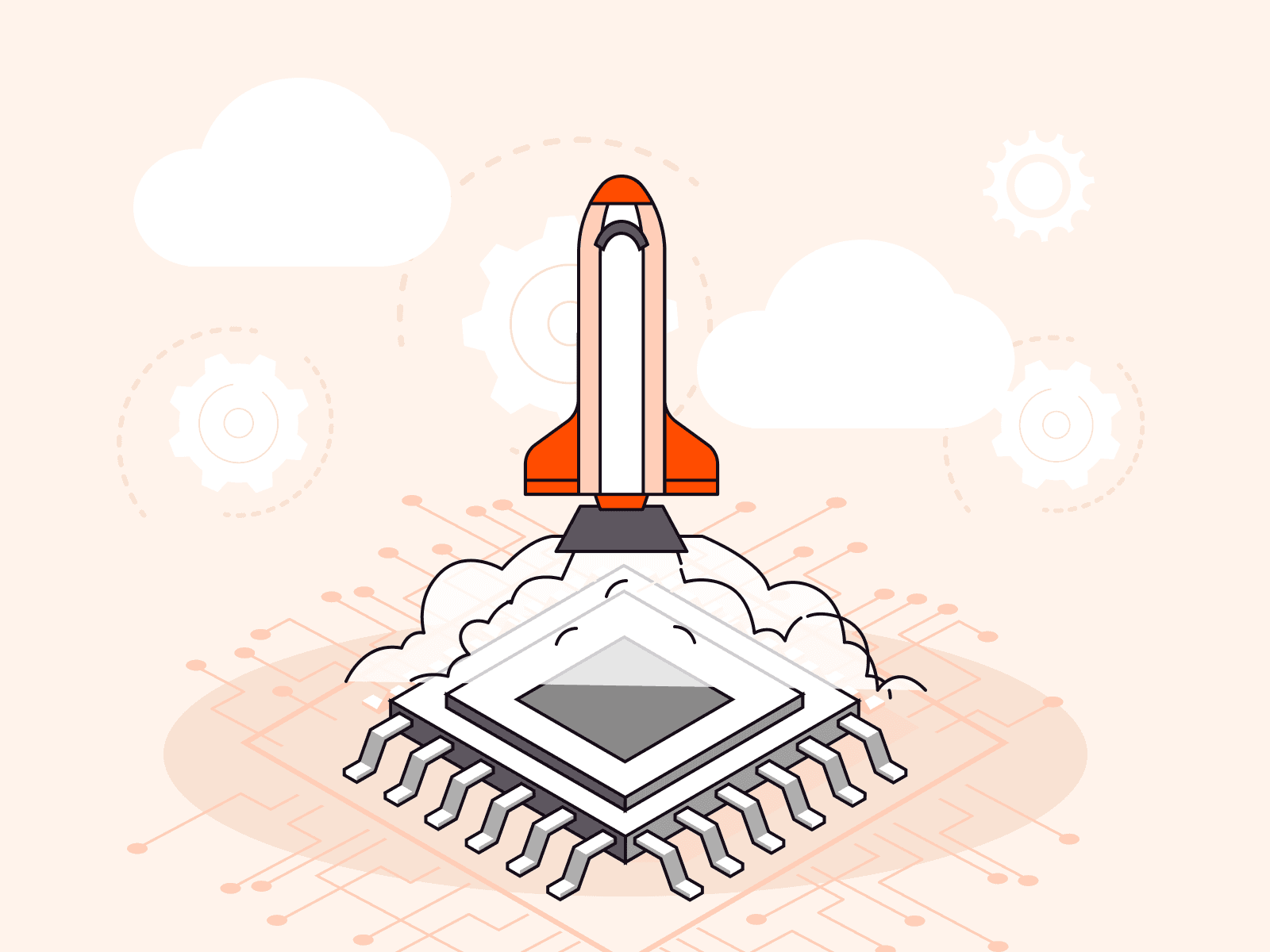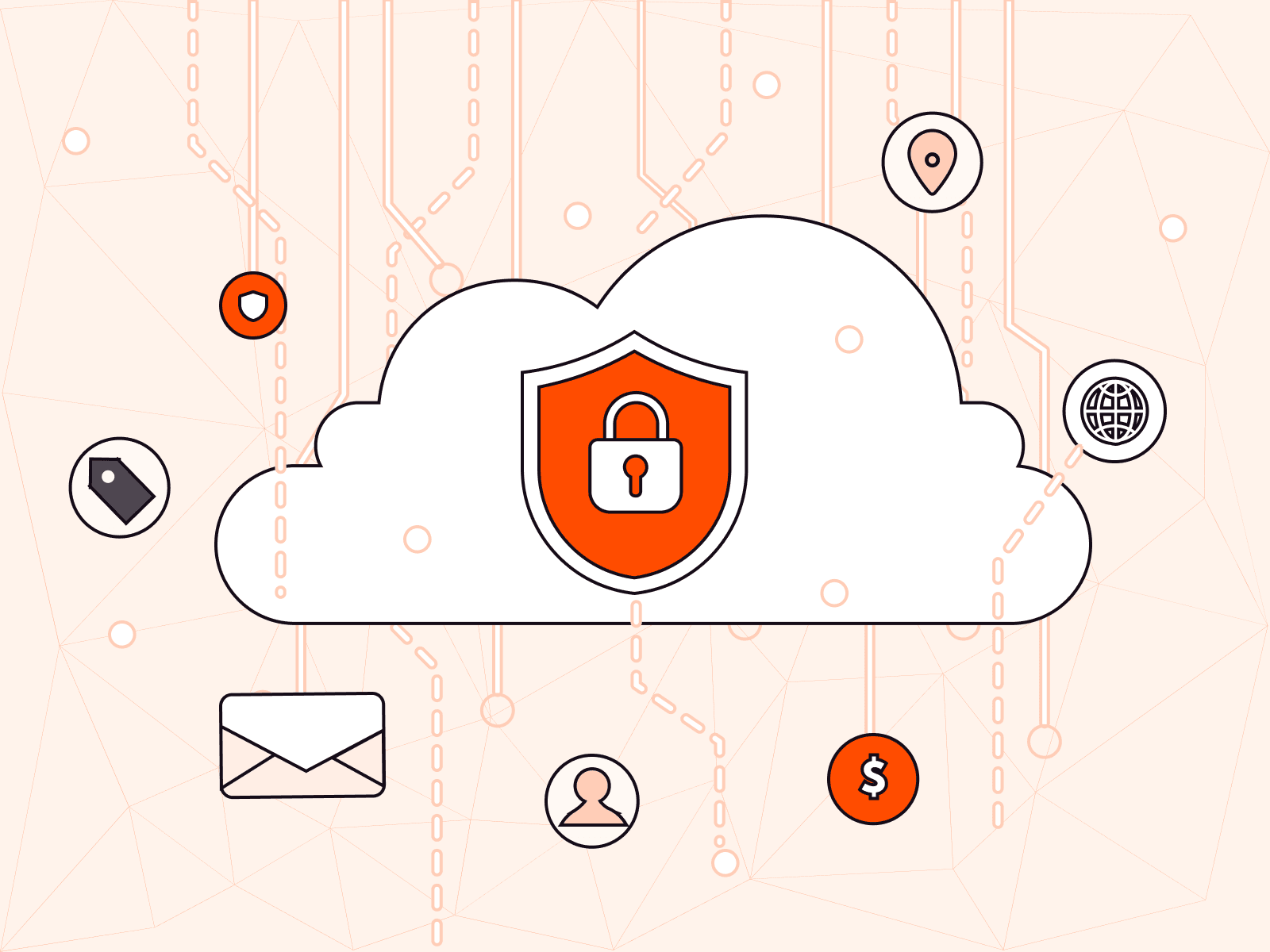How to comply with NIS2: practical tips and key requirements
- May 27, 2025
- 5 min read
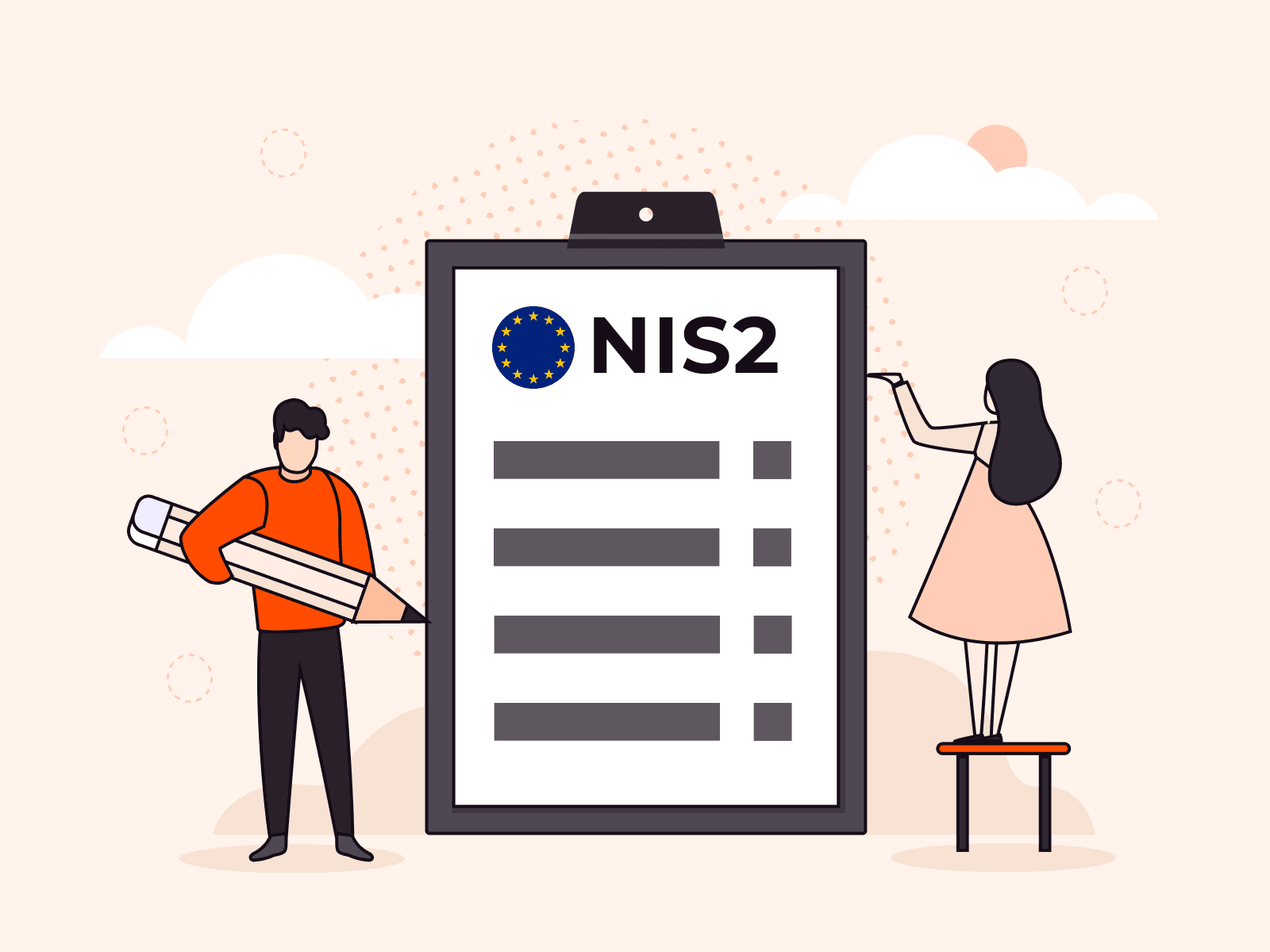
The European Union is boosting cybersecurity legislation with the introduction of the NIS2 Directive. The new rules represent a significant expansion in how organizations across the continent approach digital security. NIS2 establishes specific and clear expectations that impact not just technology departments but also legal teams and top decision-makers. It refines old protocols while introducing additional obligations that companies must meet to operate within the EU.
In this article, we explain the role and scope of the NIS2 Directive, break down its key security requirements, analyze the anticipated business impact, and provide a checklist of actions that businesses can take to remain in compliance with continually evolving regulatory demands.
Who needs to comply with NIS2?
The NIS2 Directive applies to essential and important organizations operating within the European Union in sectors deemed critical to society and the economy. NIS2 also applies to non-EU companies offering services within the EU, requiring non-EU companies that offer covered services in the EU without a local establishment to appoint a representative in one of the member states where they operate.
In general, organizations with 50 or more employees and an annual turnover above €10M fall under NIS2. Smaller entities can also be included if they provide key services, including energy, transport, banking, healthcare, water supply, digital infrastructure, and public administration.

4 key security requirements of NIS2
Under the NIS2 Directive, organizations are required to have an integrated approach to cybersecurity. There are 10 basic measures that companies subject to this legislation must follow: risk policies, incident handling, supply-chain security, MFA, cryptography, backups, BCP/DRP, vulnerability management, security awareness, crypto-control, and “informational hygiene”. In this article, we will cover the four most important of them.
These four are necessary steps for limiting disruptions and achieving full compliance with stringent regulatory demands. They include incident response, risk management, corporate accountability, and reporting obligations.
#1 Incident response
Under NIS2, a solid incident response is required. Companies must document processes for the detection, analysis, and management of cyber incidents. Additionally, organizations must have a trained team ready to respond quickly when there's a breach, reducing damage and downtime. Having the right plan in place can make the difference between a minor issue and a major disruption.
#2 Risk management
Continuous risk evaluation is paramount within NIS2. Businesses should constantly be scouting out internal vulnerabilities and external dangers while following a clear, defined risk management protocol. Regular audits and monitoring help businesses stay a step ahead of future threats.
#3 Corporate accountability
NIS2 emphasizes corporate accountability by requiring clear cybersecurity responsibilities across all management levels, placing direct oversight on executive leadership. Additionally, due to the dependency of most organizations on third-party suppliers, supply chain security is paramount. Executives need to check the security measures of their partners. One weak link in the chain can destroy the entire system, making stringent security measures a prerequisite for all partners to reduce risks.
#4 Reporting obligations
Transparency lies at the heart of NIS2. Serious incidents need to be reported promptly to maintain the culture of accountability the directive encourages. Good reporting mechanisms ensure that vital information is delivered to the concerned authorities in a timely manner, akin to formal channels in data protection legislation such as the GDPR.
What NIS2 means for applicable organizations
Some of the potential implications of NIS2 include an increased regulatory burden, financial and reputational risks, and operational challenges. These apply to all businesses that are already established in the European Union. With compliance now becoming mandatory in all member states, businesses that have lagged behind in implementing effective cybersecurity measures will be put under increased pressure to improve their processes and systems.
Increased regulatory burden
For most firms, the new directive means a huge increase in their regulatory burden. The broadened scope of the directive applies to more industries, and this may lead to additional administrative tasks. Legal personnel and compliance officers will need to sift through current cybersecurity policies and ensure all parts of the organization are in line with the new requirements. This exercise can entail considerable coordination between different departments, including IT, risk management, and supply chain management.
Financial and reputational risks
The penalty for non-compliance is steep. The fines for failure to comply with the NIS2 Directive are comparable to the GDPR fines for non-compliance, up to €10 million or 2% of a company's worldwide annual turnover for critical entities, while important organizations face a fine of up to €7M or 1.4% of their global annual turnover. Financial fines and reputational damage are significant risks that organizations must take into account. A single cybersecurity incident can lead to costly investigations, legal battles, and a loss of trust among customers and partners. For companies that depend on digital infrastructure for their day-to-day operations, the cost of non-compliance can be crippling.
Operational challenges
NIS2 compliance requires more than administrative change. Firms may have to make investments into new technology when trying to meet the directive's requirements, such as expanded monitoring, expanded protection of data, and sophisticated incident response protocols. Legacy system firms can be put at a disadvantage with the need for rapid cybersecurity improvements.
NIS2 compliance checklist
Due to the comprehensive nature of the NIS2 Directive, organizations will need to adopt a systematic compliance strategy. Here are 5 practical steps organizations can take to comply:
- Start with a thorough audit. Organizations must review their current cybersecurity infrastructure and identify areas of vulnerability. This kind of audit helps reveal areas of weakness and makes it easier to decide where to invest funds in new tools and training employees.
- Develop a realistic incident response plan. It is essential to have a short, actionable plan in place when things inevitably go wrong. Organizations need to develop step-by-step procedures for handling breaches and rehearse them through regular training exercises. The plan needs to be constantly updated as new lessons are learned and industry practices evolve.
- Sustain continued risk management. Risk management is not a static activity. Organizations need to keep their systems safe at all times and update risk analyses from time to time to combat new issues. This allows for timely adjustments to their approach.
- Check supply chain security. Organizations need to find out how secure their third-party vendors are. They need to have clear-cut security standards and check periodically to help ensure that all members of the supply chain adhere to those standards.
- Establish clear reporting channels. Organizations must have easy ways of communicating with regulators. They must establish proper reporting schedules and maintain good records. Training reporting groups to report issues early can avoid delays and penalties.
Partner with Gcore for NIS2 success
Gcore’s integrated platform helps organizations address key security concerns relevant to NIS2 and reduce cybersecurity risk:
- WAAP: Real-time bot mitigation, API protection, and DDoS defense support incident response and ongoing threat monitoring.
- Edge Cloud: Hosted in ISO 27001 and PCI DSS-compliant EU data centers, offering scalable, resilient infrastructure that aligns with NIS2’s focus on operational resilience and data protection.
- CDN: Provides fast, secure content delivery while improving redundancy and reducing exposure to availability-related disruptions.
- Integrated ecosystem: Offers unified visibility across services to strengthen risk management and simplify compliance.
Our infrastructure emphasizes data and infrastructure sovereignty, critical for EU-based companies subject to local and cross-border data regulation. With fully-owned data centers across Europe and no reliance on third-party hyperscalers, Gcore enables businesses to maintain full control over where and how their data is processed.
Explore our secure infrastructure overview to learn how Gcore’s ecosystem can support your NIS2 compliance journey with continuous monitoring and threat mitigation.
Please note that while Gcore’s services support many of the directive’s core pillars, they do not in themselves guarantee full compliance.
Ready to get compliant?
NIS2 compliance doesn’t have to be overwhelming. We offer tailored solutions to help businesses strengthen their security posture, align with key requirements, and prepare for audits.
Interested in expert guidance? Get in touch for a free consultation on compliance planning and implementation. We’ll help you build a roadmap based on your current security posture, business needs, and regulatory deadlines.
Related articles
Subscribe to our newsletter
Get the latest industry trends, exclusive insights, and Gcore updates delivered straight to your inbox.

